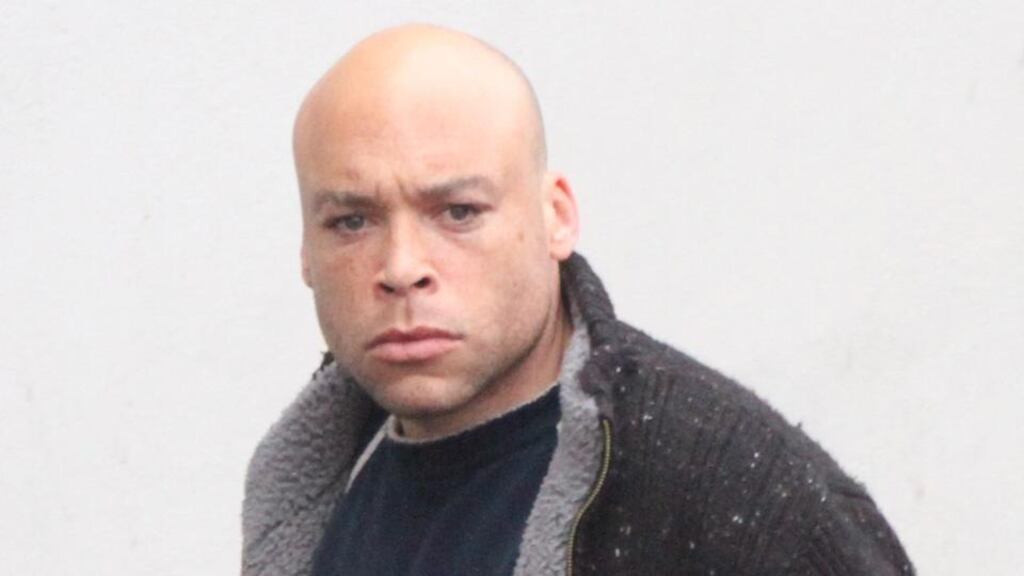A forensic scientist told a murder trial jury today that a button from a jacket worn by a man accused of murdering two women eighteen years ago produced a negative DNA result when examined in 1998.
Mark Nash (42) who has last addresses at Prussia Street and Clonliffe Road in Dublin, has pleaded not guilty at the Central Criminal Court to the murder of Sylvia Shields (60) and Mary Callanan (61) between March 6th and March 7th, 1997.
The court has heard evidence that the black pin-striped velvet jacket was worn by the accused Mark Nash on the night of Thursday, March 6th, 1997 when he was attending a charity quiz at the GPO on O’Connell Street.
The black pin-striped velvet jacket is of relevance as the court previously heard from Brendan Grehan SC, when opening the prosecution’s case, how in July 2009, “a spectacular breakthrough” was made in relation to the black velvet jacket with new tests and how DNA belonging to Shields and Callanan was found on it.
Today, former Det Insp Brendan McArdle of the ballistics section of the Garda Technical Bureau, now retired, told the court how he handed over exhibits related to the murders of Sylvia Shields and Mary Callanan to a forensic scientist by the name of Matthew Greenhalgh, who worked in Cellmark Diagnostics, a DNA testing service based in Oxfordshire in the UK on September 18th, 1998.
Examined by Una Ni Raifeartaigh SC acting for the State, Mr Greenhalgh told the court he was a forensic lab manager at the time and has been a forensic scientist since 1979, specialising in the area of DNA profiling.
Mr Greenhalgh explained to the jury of six men and five women how DNA is a “complex chemical present in many cells of our body and it is possible to extract that from blood stains and compare stains with the DNA of another person to see if they are the same or different”.
Reading from the exhibits transfer form, Mr Greenhalgh told the court he received a DNA profiling request for three buttons and three threads which were received in separate plastic bags and three blood samples from the accused Mark Nash, Sylvia Shields and Mary Callanan.
The court heard that he was told to concentrate on the first button and if he didn’t get a result from that, he was asked not to continue to examine the other items.
Mr Greenhalgh told the court that the DNA technique used was called “Short tandem repeat” (STR) and it has been superseded since 2000.
Mr Greenhalgh told the court how the first button was swabbed by his colleague who tried to extract DNA from it but because it produced a negative result, a DNA profile wasn’t achieved.
“There was nothing to compare it with so we didn’t go on to consider any of the other buttons and threads” said Mr Greenhalgh.
The items then remained in storage in the lab until they were collected.
The trial continues.









